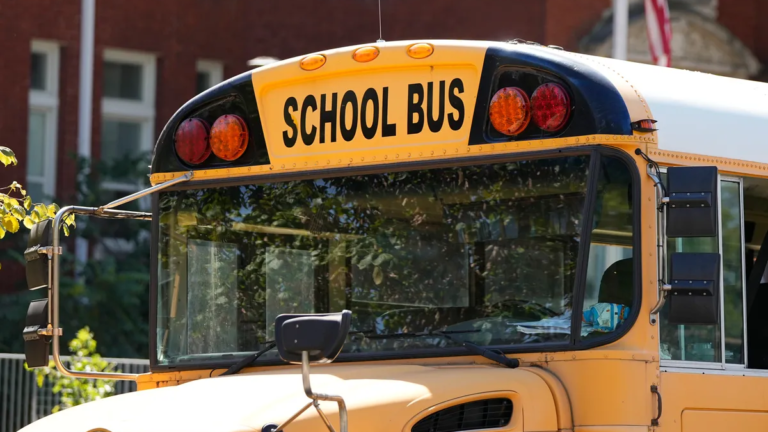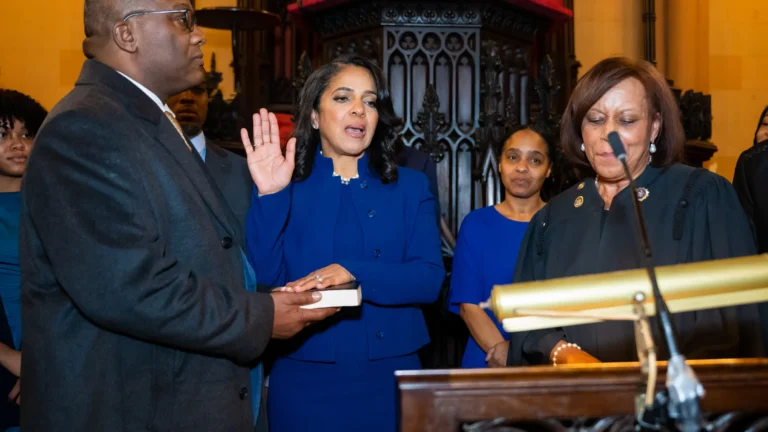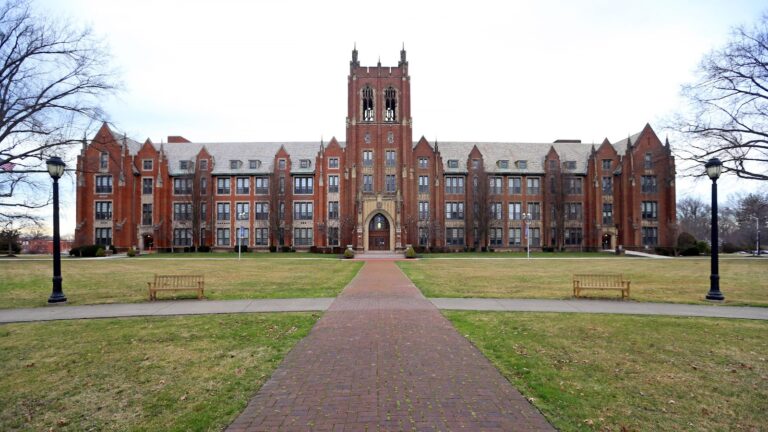
Yost CCS Transportation Lawsuit A Comprehensive Analysis
In September 2024, a significant legal dispute emerged between Ohio Attorney General Dave Yost and Columbus City Schools (CCS) concerning the district’s transportation policies for charter and private school students. This conflict, known as the Yost CCS transportation lawsuit, has profound implications for educational transportation policies, legal compliance, and the rights of non-public school students in Ohio.
Background of the Yost CCS Transportation Lawsuit
The Yost CCS transportation lawsuit centers on CCS’s decision to discontinue bus services for certain charter and private school students. Just before the 2024-2025 academic year, CCS notified parents that transportation for their children would cease, citing the impracticality of providing such services under Ohio Revised Code section 3327.02. This abrupt change affected hundreds of students and prompted immediate legal scrutiny.
Legal Obligations and Dispute
Under Ohio law, public school districts are mandated to provide transportation for non-public school students residing within district boundaries and living no more than 30 minutes from their assigned public school. Attorney General Yost contended about Yost CCS Transportation Lawsuit that CCS’s unilateral decision violated this legal obligation. In response, he issued a cease-and-desist letter on September 3, 2024, demanding the immediate resumption of transportation services or facing legal action.
CCS defended its position in Yost CCS Transportation Lawsuit by arguing that, due to operational challenges and resource constraints, it was impractical to continue transporting these students. The district emphasized that their determination was in line with the factors outlined in state law, including time, distance, and cost considerations.
Escalation to Legal Proceedings
When CCS did not comply with the cease-and-desist order in Yost CCS Transportation Lawsuit, Attorney General Yost escalated the matter by filing a lawsuit against the district on September 5, 2024. The lawsuit sought to compel CCS to reinstate transportation services for the affected students, asserting that the district’s actions were unlawful and disruptive to families’ lives.
In response, CCS maintained that their actions were legally justified. Superintendent Dr. Angela Chapman expressed surprise at the lawsuit, stating that the district had consulted with the Ohio Department of Education and Workforce to ensure compliance with the law. She highlighted the ongoing bus driver shortage as a significant factor influencing their decision.
Community Impact and Reactions
The Yost CCS transportation lawsuit has elicited mixed reactions from the community. Some parents and educators argue that the district’s decision undermines students’ access to education and imposes undue burdens on families. Others contend that the state’s requirements place excessive strain on public school resources, especially amid staffing shortages.
Organizations representing non-public schools have also voiced concerns. The Ohio Association of Independent Schools described the district’s actions as unprecedented, emphasizing the adverse effects on students’ education and well-being.
Broader Implications
The outcome of the Yost CCS transportation lawsuit could set a significant precedent for how public school districts fulfill their transportation obligations to non-public school students. A ruling in favor of the Attorney General may reinforce strict adherence to transportation mandates, while a decision supporting CCS could grant districts more discretion in determining the practicality of providing such services after Yost CCS Transportation Lawsuit.
This case of Yost CCS Transportation Lawsuit also underscores the challenges that public school systems face, including resource limitations and staffing shortages, and how these issues intersect with legal obligations to the broader educational community.
Conclusion
The Yost CCS transportation lawsuit highlights the complex interplay between legal mandates, resource constraints, and educational equity. As the case progresses, it will be crucial to monitor its developments and consider their implications for school transportation policies across Ohio and potentially beyond.



